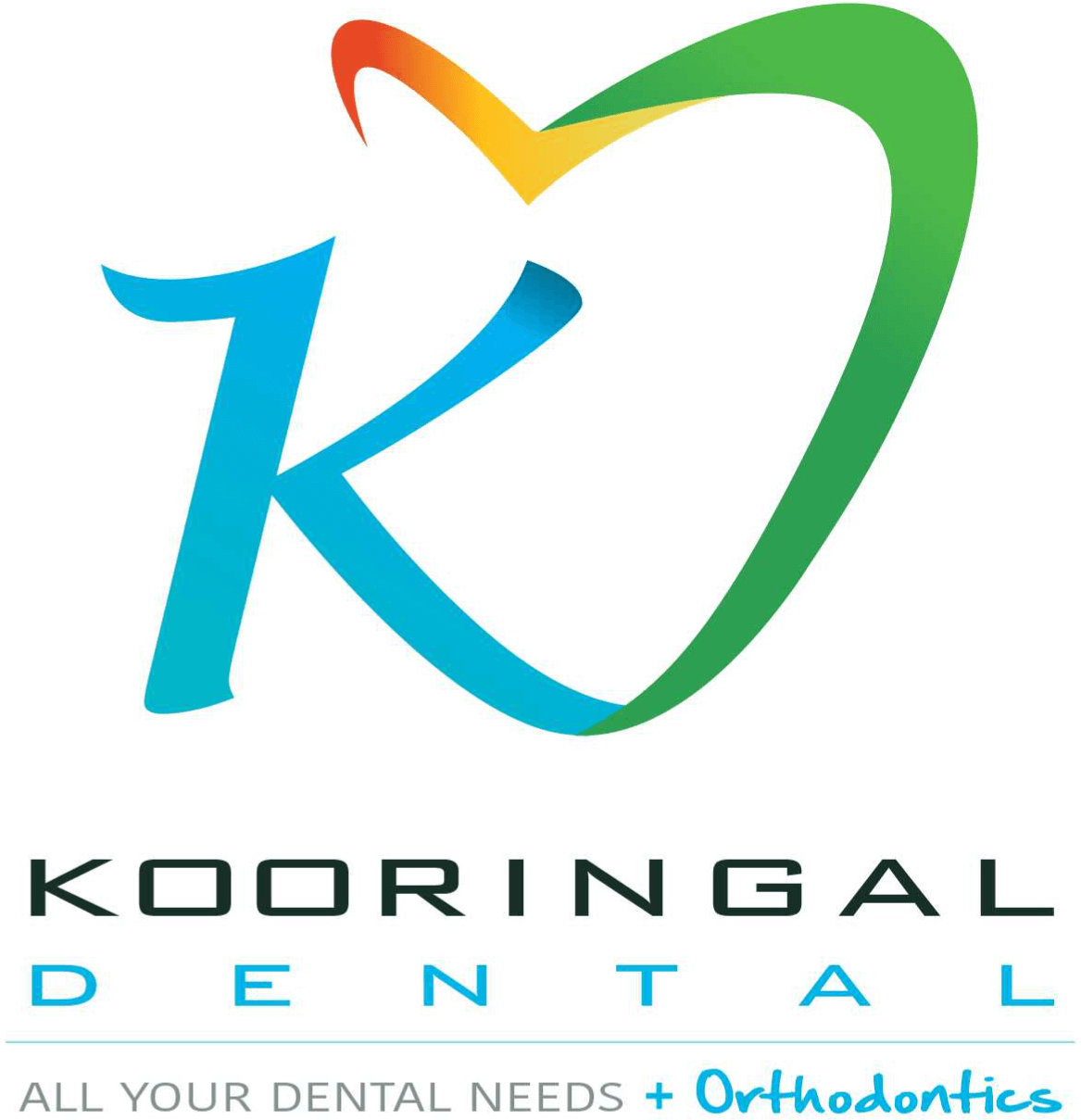If you’re considering dental implants, it’s crucial to understand the different types available and which one might be the most suitable for your needs.
There are three main types of dental implants: endosteal, subperiosteal, and zygomatic. Among these, endosteal implants are the most commonly used and are considered a safe choice. In recent years, the ‘All on 4’ method has also become popular for individuals who require all of their teeth to be replaced.
In this article, Kooringal Dental will explain each type of implant, including the treatment and recovery process, who they’re best suited to, typical costs, and things to consider for different kinds of dental implants.
Types of Dental Implants
Endosteal Implants
Endosteal implants are the most common type of dental implants. They consist of small titanium screws surgically placed into the jawbone.
After having the implant placed, you will need to wait for a few months while the implant fuses with the bone. Once it has healed, an abutment and crown are attached. Although the healing process may take several months, you can usually return to your normal activities within a few days.
Endosteal implants are a great option for patients who have good overall oral health and adequate bone structure but are missing a few teeth. They provide a natural appearance and have a high success rate, but may require a longer treatment duration.
Subperiosteal Implants
Subperiosteal implants are a type of dental implant that are less invasive than endosteal implants. They are placed beneath the gums but above the jawbone. A metal framework is fitted under the gumline, and as the gums heal, it holds the prosthetic tooth or teeth securely in place.
Healing is generally faster than endosteal implants due to the less invasive nature of this treatment. However, subperiosteal implants are typically more expensive than endosteal implants.
They are suitable for patients with limited bone height but not suitable for those with severe gum disease. While they offer less stability compared to endosteal implants, they are less invasive.
Zygomatic Implants
Zygomatic implants are used when the jawbone is insufficient for traditional implants. They are anchored in the cheekbone (zygomatic bone) instead.
This procedure involves a specialised surgical technique for placing the implant into the zygomatic bone. Due to the complex nature of the procedure, healing time is relatively longer.
Zygomatic implants are suitable for patients with severe bone loss in the upper jaw, which is often the result of long-term denture use. While traditional implants may not be feasible, zygomatic implants offer a solution, although they require a highly specialised procedure, longer healing time, and higher cost.
‘All on 4’ or ‘All on X’ Implants
‘All on 4’ implants involve placing four dental implants in the jawbone to support a full arch of teeth, this is also sometimes done with more than four implants. This procedure is for people who need all of the teeth in an arch replaced.
While the upfront cost may be higher, the efficiency of the procedure can offset long-term costs. ‘All on 4’ implants are suited to patients with multiple missing teeth or those seeking a full-mouth restoration.
Which dental implants look the most realistic?
All types of dental implants provide a highly realistic and natural appearance when performed correctly by a dental professional. However, ceramic or porcelain crowns are often chosen for their lifelike aesthetics.
How many teeth can you have on one implant?
Typically, one dental implant is used to replace a single missing tooth. However, implant-supported bridges and full arch restorations can replace multiple teeth on a limited number of implants.
What is the difference between dental implants and bridges?
Dental implants are surgically placed in the jawbone and act as artificial tooth roots, while bridges rely on adjacent teeth for support. Implants are considered more stable and do not impact adjacent teeth. Additionally, dental implants can prevent bone loss, which can occur beneath bridges.
What is the difference between implants and dentures?
Implants are permanently anchored in the jawbone and provide superior stability compared to removable dentures. Dentures are removable prosthetic teeth that sit on top of the gums.
Can you get IV sedation for dental implants?
Yes, IV sedation is a common option for dental implant procedures, ensuring patient comfort and relaxation. Kooringal dentists discuss sedation options based on patient needs and preferences.
Selecting the appropriate dental implant is a crucial decision that should be made in consultation with your dental professional. It is highly recommended to discuss with your dentist to determine the ideal option for your unique dental situation, so you can enjoy a beautiful and functional smile for many years.
Book an appointment now to discuss dental implants with your dentist and get started on your journey towards achieving a healthier and brighter smile.


